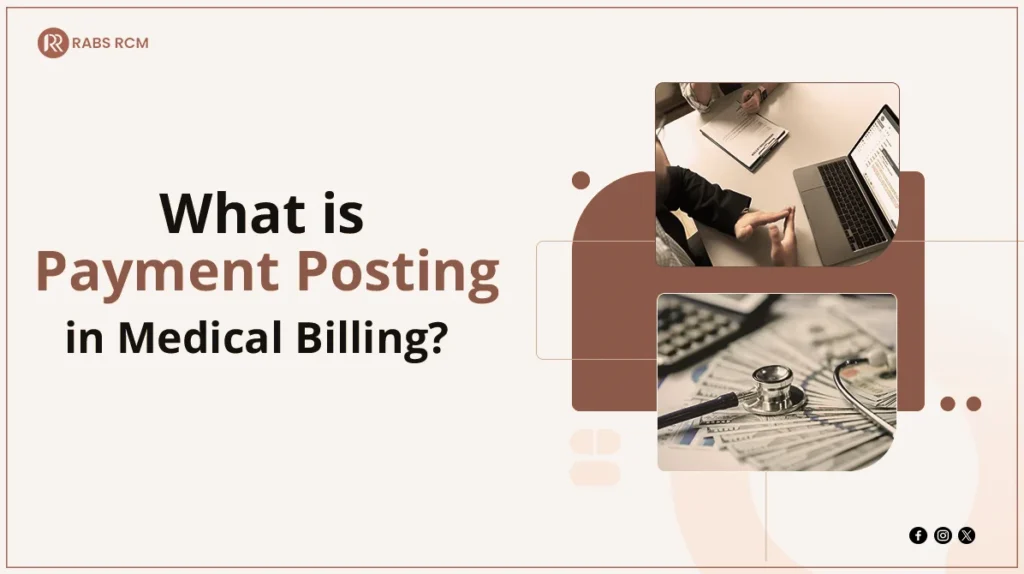
What is Payment Posting in Medical Billing?
Payment posting is a crucial aspect of medical billing that ensures healthcare providers receive accurate compensation for services rendered. It involves recording and reconciling payments received from insurance companies and patients. Let’s delve deeper into this process to understand its significance and intricacies.
Introduction to Payment Posting
Payment posting refers to recording payments received by healthcare providers for patient services. It is a vital step in the revenue cycle management of medical practices, clinics, and hospitals. Efficient payment posting ensures that healthcare organizations receive timely and accurate reimbursements, optimizing their financial health.
Process of Payment Posting
The process of payment posting typically involves several steps:
- Receiving Payments: Healthcare providers receive payments from insurance companies and patients through various channels, including electronic funds transfer (EFT), checks, and credit card payments.
- Reviewing EOBs (Explanation of Benefits): Insurance payments are accompanied by EOBs, which outline the services covered, the amount paid by the insurer, and any patient responsibility. Payment posters review these documents to ensure accuracy and reconcile them with the billed amounts.
- Entering Payments into Software: Once payments are received and EOBs are reviewed, payment posters enter the payment details into the billing software or electronic health record (EHR) system. This includes recording the payment amount, patient information, insurance details, and service codes.
Types of Payments
Payments in medical billing can be categorized into two main types:
- Insurance Payments: These are payments made by insurance companies to healthcare providers for services covered under patients’ insurance plans.
- Patient Payments: Patient payments include copayments, deductibles, and coinsurance amounts that patients are responsible for paying out-of-pocket.
Challenges in Payment Posting
Despite its importance, payment posting can be challenging due to various factors:
- Errors in EOBs: Inaccurate or incomplete information on EOBs can lead to discrepancies in payment posting, requiring additional time and effort to rectify.
- Missing Information: Missing or unclear patient and insurance information can complicate the payment posting process and delay reimbursement.
- Reconciliation Issues: Reconciling payments with billed amounts and resolving discrepancies can be time-consuming, especially in denials or underpayments.
Best Practices for Payment Posting
To streamline the payment posting process and mitigate challenges, healthcare organizations can adopt the following best practices:
- Accuracy and Timeliness: Ensure that payment posters are trained to accurately record payments and complete the posting process promptly to avoid delays in reimbursement.
- Regular Reconciliation: Conduct regular audits and reconciliation of payments to identify discrepancies and address them promptly.
- Training Staff: Provide ongoing training to payment posting staff to keep them updated on industry regulations, coding changes, and best practices.
Technology and Payment Posting
Advancements in technology have transformed the payment posting process, offering opportunities for automation and integration:
- Automation: Automated payment posting software can streamline the process by automatically matching payments with corresponding EOBs and updating billing records accordingly.
- Integration with EHR/EMR Systems: Integrating payment posting functionality with EHR/EMR systems facilitates seamless data exchange and improves patient and payment information efficiency.
Benefits of Efficient Payment Posting
Efficient payment posting offers several benefits to healthcare providers:
- Improved Cash Flow: Timely and accurate payment posting accelerates cash flow, enabling healthcare organizations to meet financial obligations and invest in growth initiatives.
- Reduced Denials: By promptly identifying and addressing payment discrepancies, efficient payment posting helps reduce the incidence of claim denials and rejections.
- Enhanced Revenue Cycle Management: Streamlining the payment posting process contributes to overall revenue cycle management, optimizing financial performance and sustainability.
Future Trends in Payment Posting
Looking ahead, several trends are poised to shape the future of payment posting in medical billing:
- AI and Machine Learning: AI-powered algorithms can analyze payment data and identify patterns to improve accuracy and efficiency in payment posting processes.
- Blockchain Technology: Blockchain technology offers secure and transparent methods for recording and reconciling payments, enhancing data integrity, and reducing fraud risks.
Conclusion
Payment posting is a critical component of medical billing that impacts healthcare organization’s financial health and operational efficiency. By understanding the process, addressing challenges, and adopting best practices and emerging technologies, healthcare providers can optimize payment posting workflows and maximize revenue.

